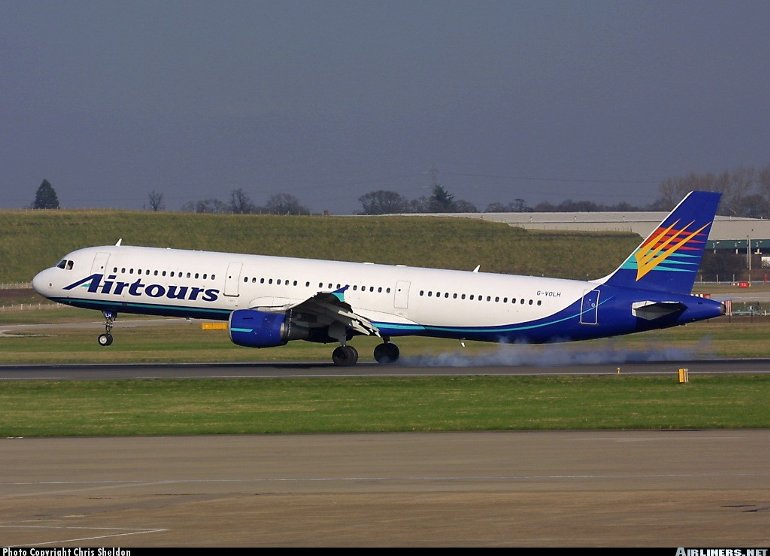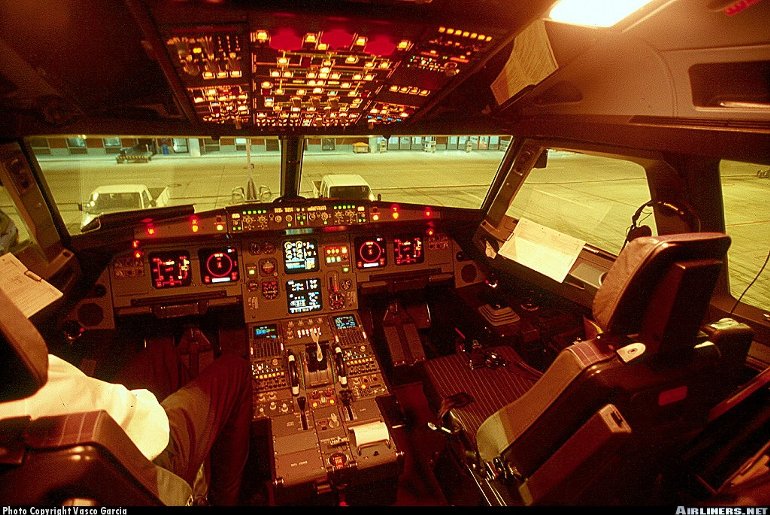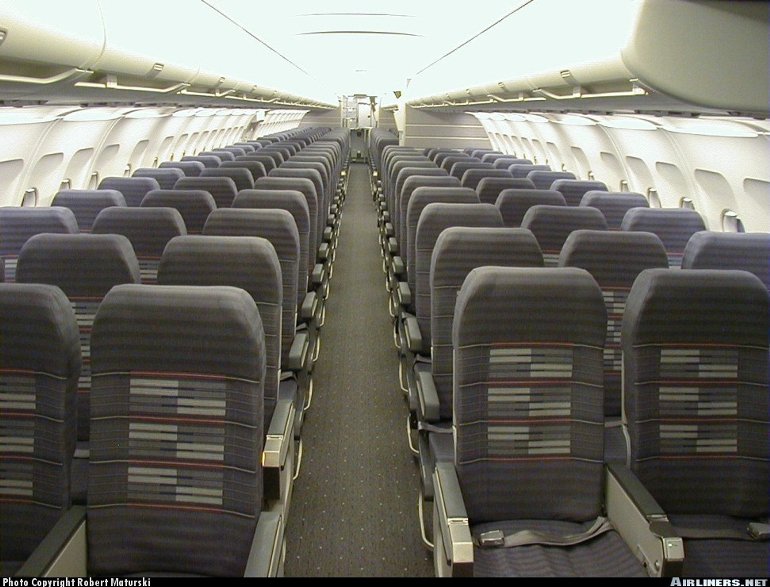Aircraft Technical Data
Airbus A321



| Details | |
| Country of Origin | European consortium |
| Type | Short to medium range narrowbody airliner |
| History | Like the shortened A319, the A321 is a minimum change, in this case stretched, development of the successful A320. The A321 program was launched in November 1989 and the first development aircraft first flew on March 11 1993. European certification was awarded in December that year. Compared with the A320 the A321's major change is the stretched fuselage, with forward and rear fuselage plugs totalling 6.93m (22ft 9in) (front plug immediately forward of wing 4.27m/14ft, rear plug directly behind the wing 2.67m/8ft 9in). Other changes include strengthening of the undercarriage to cope with the higher weights, more powerful engines, a simplified and refined fuel system and larger tyres for better braking. A slightly modified wing with double slotted flaps and modifications to the flight controls allows the A321's handling characteristics to closely resemble the A320's. The A321 features an identical flightdeck to that on the A319 and A320, and shares the same type rating as the smaller two aircraft. The basic A321-100 features a reduction in range compared to the A320 as extra fuel tankage was not added to the initial design to compensate for the extra weight. To overcome this Airbus launched the longer range, heavier A321-200 development in 1995 which has a full pax transcontinental US range. This is achieved through higher thrust V2533-A5 or CFM56-5B3 engines and minor structural strengthening and 2900 litres (766US gal/638Imp gal) greater fuel capacity with the installation of an ACT (additional centre tank). The A321-200 first flew from Daimler Benz (now DaimlerChrysler) Aerospace's Hamburg facilities in December 1996 |
| Powerplants | A321-100 - Choice of two 133.4kN (30,000lb) International Aero Engines V-2530-A5 or CFM International CFM-56-5B1 turbofans. CFM-56-5B2s of 139.7kN (31,000lb) available as an option. A321-200 - As above or 142.3kN (32,000lb) CFM-56-5B3s or 146.8kN (33,000lb) V-2533-A5s. |
| Performance | A321-100 - Max cruising speed 903km/h (488kt), economical cruising speed 828km/h (447kt). Range with 186 passengers and reserves 4352km (2350nm) with V-2530s, 4260km (2300nm) with CFM-56s. A321-200 - Range 4907km (2650nm). |
| Weights | A321-100 - Operating empty 47,776kg (105,330lb) with V-2530s, 47,900kg (105,605lb) with CFM-56s. Max takeoff (with either engine option) 83,000kg (183,000lb) or 85,000kg (187,390lb). A321-200 - Operating empty 48,024kg (105,875lb) with CFM-56-5B3s, 48,139kg (106,130lb) with V-2533-A5s, max takeoff 89,000kg (196,210lb) or 93,000kg (205,000lb) |
| Dimensions | Wing span 34.09m (111ft 10in), length 44.51m (146ft 0in), height 11.76m (38ft 7in). Wing area 123.0m2 (1320sq ft). |
| Capacity | Flightcrew of two. Maximum passenger accommodation in a high density layout of 220 passengers. Passenger accommodation in a typical two class arrangement consists of 16 passengers at four abreast, and 170 passengers at six abreast. |
| Production | 415 A321s were ordered by late 2002 with 253 delivered. |
| Related Links | Airbus A321 |
The backbone of this section is from the The International Directory of Civil Aircraft by Gerard Frawley and used with permission. To get your own copy of the book click here. |
|








